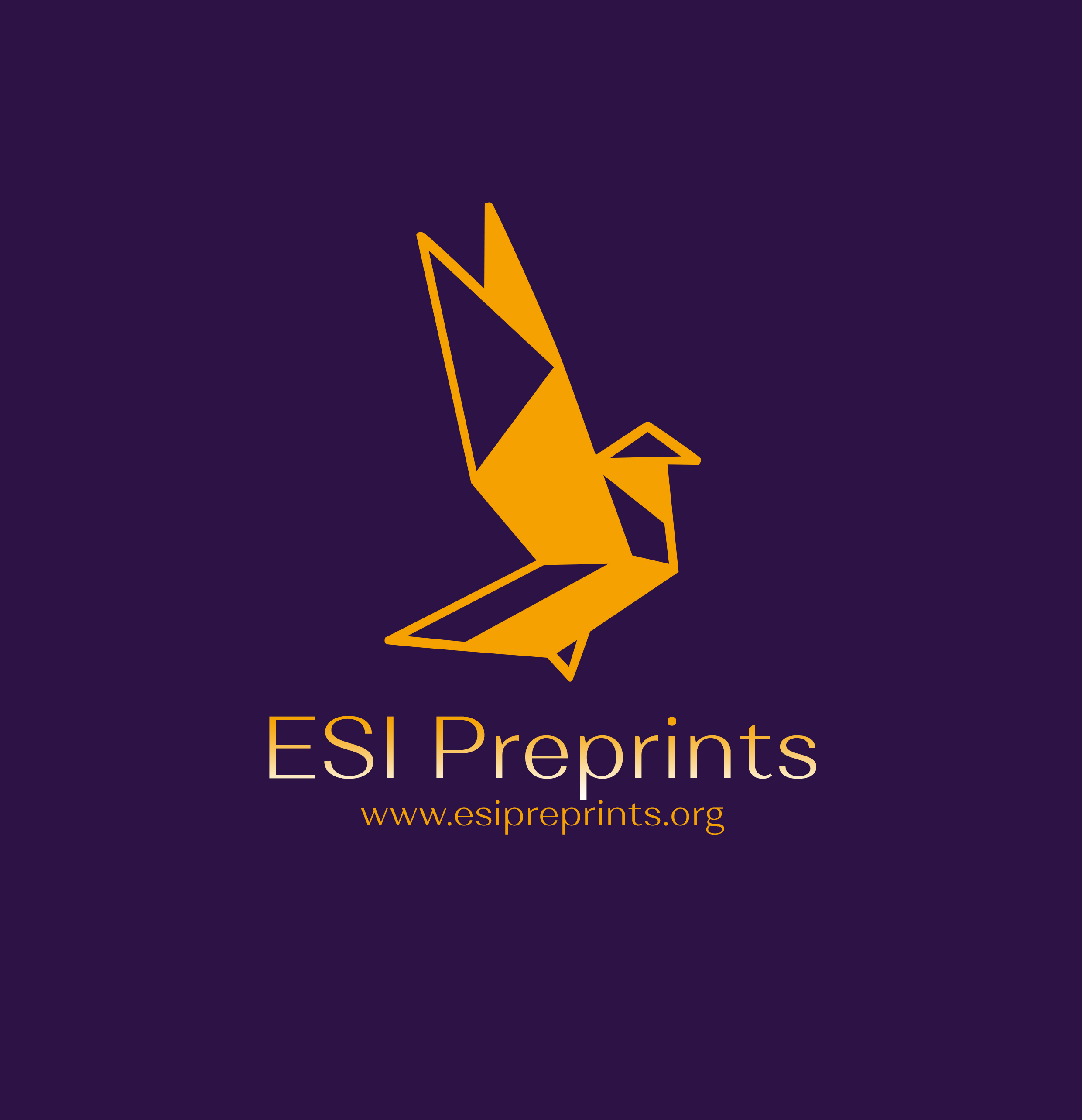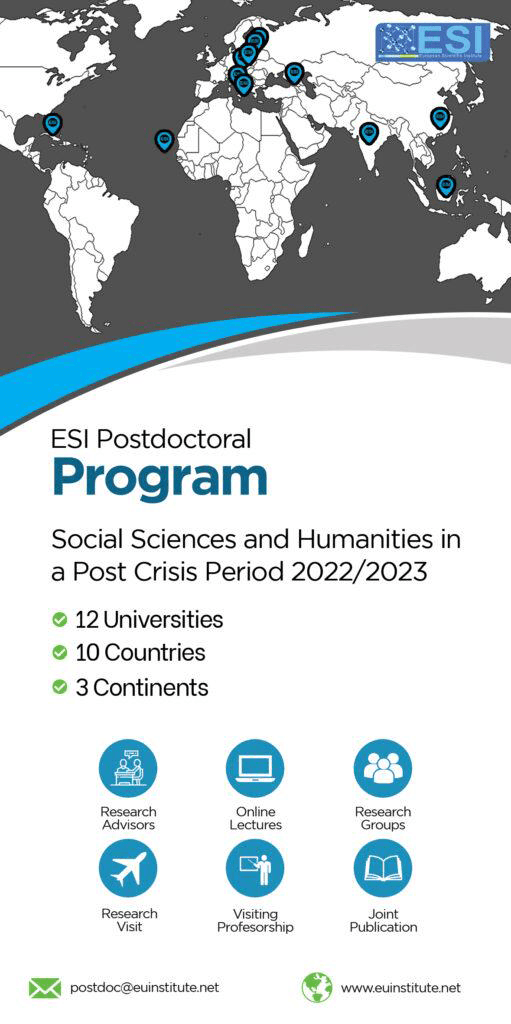Applying Quality Management Tools to Improve Customer Journey at Beauty Salon
Abstract
Purpose: This paper focuses on assessing and improving the quality of services provided at Beauty Salon in Saudi Arabia. The evaluation covers the entire customer journey, starting from reservation and visiting, through to payment and finally, providing services. Design, Methodology, Approach: A mixed-method approach was utilized, combining qualitative data from interviews with clients and salon staff, and quantitative data collected through customer satisfaction surveys. Quality Management Tools were applied to analyze the collected data, identify gaps in service delivery, and propose a structured improvement plan tailored to customer expectations. Findings: Service-related issues were categorized into eight main dimensions: facilities, appointment scheduling, price and value, staff professionalism, responsiveness, human resources, cleanliness and services. The House of Quality was used to prioritize the top 22 solutions, with relative weights ranging from 2% to 8%. The integration of the voice of the customer and the voice of the staff provided a holistic view of current challenges and improvement opportunities. Originality/Value: This study contributes to the limited literature on applying Quality Management Tools in the beauty and personal care sector in Saudi Arabia. By integrating SERVQUAL dimensions with quality tools, it offers practical guidelines for salon businesses to enhance service delivery and customer satisfaction. It demonstrates how a customer-centric approach can elevate the competitive positioning of salons in the local market through targeted quality interventions.
Downloads
Metrics
References
2. Al Thnayan, S. A., Alarifi, A. A., Tonsi, A. A., Dahlawi, G. A., & Husain, K. S. (2001). Implementing Quality Management Tools to Improve Customer’s Journey at Motor Company. Arab Journal for Scientific Publishing (AJSP) ISSN, 2663, 5798.
3. Amartya, A. A., & Mahbubah, N. A. (2022). Managing quality of the carton box production process CV GGG using new seven tools method. Industrial Engineering Dept, Engineering Faculty, Universitas Muhammadiyah Gresik Jl. Sumatera, 101.
4. Awasthi, A., & Chauhan, S. S. (2012). A hybrid approach integrating Affinity Diagram, AHP and fuzzy TOPSIS for sustainable city logistics planning. Applied Mathematical Modelling, 36(2), 573–584.
5. Balinado, J. R., Prasetyo, Y. T., Young, M. N., Persada, S. F., Miraja, B. A., & Perwira Redi, A. A. N. (2021). The effect of service quality on customer satisfaction in an automotive after-sales service. Journal of Open Innovation: Technology, Market, and Complexity, 7(2). https://doi.org/10.3390/joitmc7020116
6. Baquero, A. (2022). Net Promoter Score (NPS) and customer satisfaction: Relationship and efficient management. Sustainability (Switzerland), 14(4). https://doi.org/10.3390/su14042011
7. Fleiss, J. L., Levin, B., & Paik, M. C. (2013). Statistical methods for rates and proportions (3rd ed.). John Wiley & Sons.
8. Gooding, J. L. (2018). When failure to comply is not an option: Process decision program charts help manage compliance rule changes for safety of underground natural gas storage. Quality Progress, 51(4).
9. Hair, J. F., Black, W. C., Babin, B. J., & Anderson, R. E. (2014). Multivariate data analysis (7th ed.). Pearson Education Limited.
10. Kampani, N., & Jhamb, D. (2020). Uncovering the dimensions of servicescape using mixed method approach – A study of beauty salons. Benchmarking, 28(4), 1247–1272. https://doi.org/10.1108/BIJ-09-2020-0492
11. Karanjekar, S. B., Lakhe, R. R., & Deshpande, V. S. (2021). A comprehensive quality function deployment model for improving academics of technical institutes. The International Journal of Electrical Engineering & Education, 58(2), 531–554.
12. MacKenzie, I. S. (2012). Human-computer interaction: An empirical research perspective. Morgan Kaufmann.
13. Mangiaracina, R., & Brugnoli, G. (1970). The e-commerce customer journey: A model to assess and compare the user experience of the e-commerce websites. The Journal of Internet Banking and Commerce, 14(3), 1–11.
14. Marinescu, N. I., Ghiculescu, D., Ghiculescu, D., & Gonczi, R. (2010). Relationship diagram and tree diagram applied at increasing flexibility of ultrasonic electrodischarge machining technology. Revista de Tehnologii Neconventionale, 14(2), 24.
15. Monsha’at. (2022). Other personal services activities. https://www.monshaat.gov.sa/sites/default/files/2022-10/
16. Muslimin, A. M., Luqyana, D., Muhamad, A. M., & Rosyidi, C. N. (2023). Application of quality function deployment (QFD) in die redesign to lowering rework of stamping parts. International Journal of Industrial Engineering and Management, 14(3), 257–270.
17. Nunnally, J. C. (1994). Psychometric theory (3rd ed.). Tata McGraw-Hill Education.
18. Parasuraman, A., Zeithaml, V. A., & Berry, L. (1988). SERVQUAL: A multiple-item scale for measuring consumer perceptions of service quality. Journal of Retailing, 64(1), 12–40.
19. Park, S., Lehto, X., & Lehto, M. (2021). Self-service technology kiosk design for restaurants: A QFD application. International Journal of Hospitality Management, 92, 102757.
20. Pramono, S. N., Ulkhaq, M. M., Rachmadina, D. P., Trianto, R., Rachmadani, A. P., Wijayanti, W. R., & Dewi, W. R. (2018). The use of quality management techniques: The application of the new seven tools. International Journal of Applied Science and Engineering, 15(2), 105–112.
21. Setiono, B. A., & Hidayat, S. (2022). Influence of service quality with the dimensions of reliability, responsiveness, assurance, empathy and tangibles on customer satisfaction. International Journal of Economics, Business and Management Research, 6(9), 330–341. https://doi.org/10.51505/ijebmr.2022.6924
22. Shahin, A., Arabzad, S. M., & Ghorbani, M. (2010). Proposing an integrated framework of seven basic and new quality management tools and techniques: A roadmap. Research Journal of International Studies, 17, 183–195.
23. Statista. (2024). Beauty & personal care market revenue in Saudi Arabia 2025–2030. https://www.statista.com/forecasts/1456809/saudi-arabia-beauty-and-personal-care-market-revenue
24. Sultana, S., & Islam, T. (2016). Measuring customer satisfaction through SERVQUAL model: A study on beauty parlors in Chittagong. European Journal of Business and Management, 8(35), 97–108.
25. Tavakol, M., & Dennick, R. (2011). Making sense of Cronbach's alpha. International Journal of Medical Education, 2, 53–55.
26. Tjandra, S., & Suhartono, A. (2023). Analysis of service quality at beauty salons in Surabaya using the SERVQUAL method. International Journal of Science, Technology & Management, 4(1), 245–253.
27. Tsironis, L. K. (2018). Quality improvement calls data mining: The case of the seven new quality tools. Benchmarking: An International Journal, 25(1), 47–75.
Copyright (c) 2025 Khulood Mahdaly, Mashaer Sheikhoon, Nof Alabdale, Khalid Husain

This work is licensed under a Creative Commons Attribution 4.0 International License.








